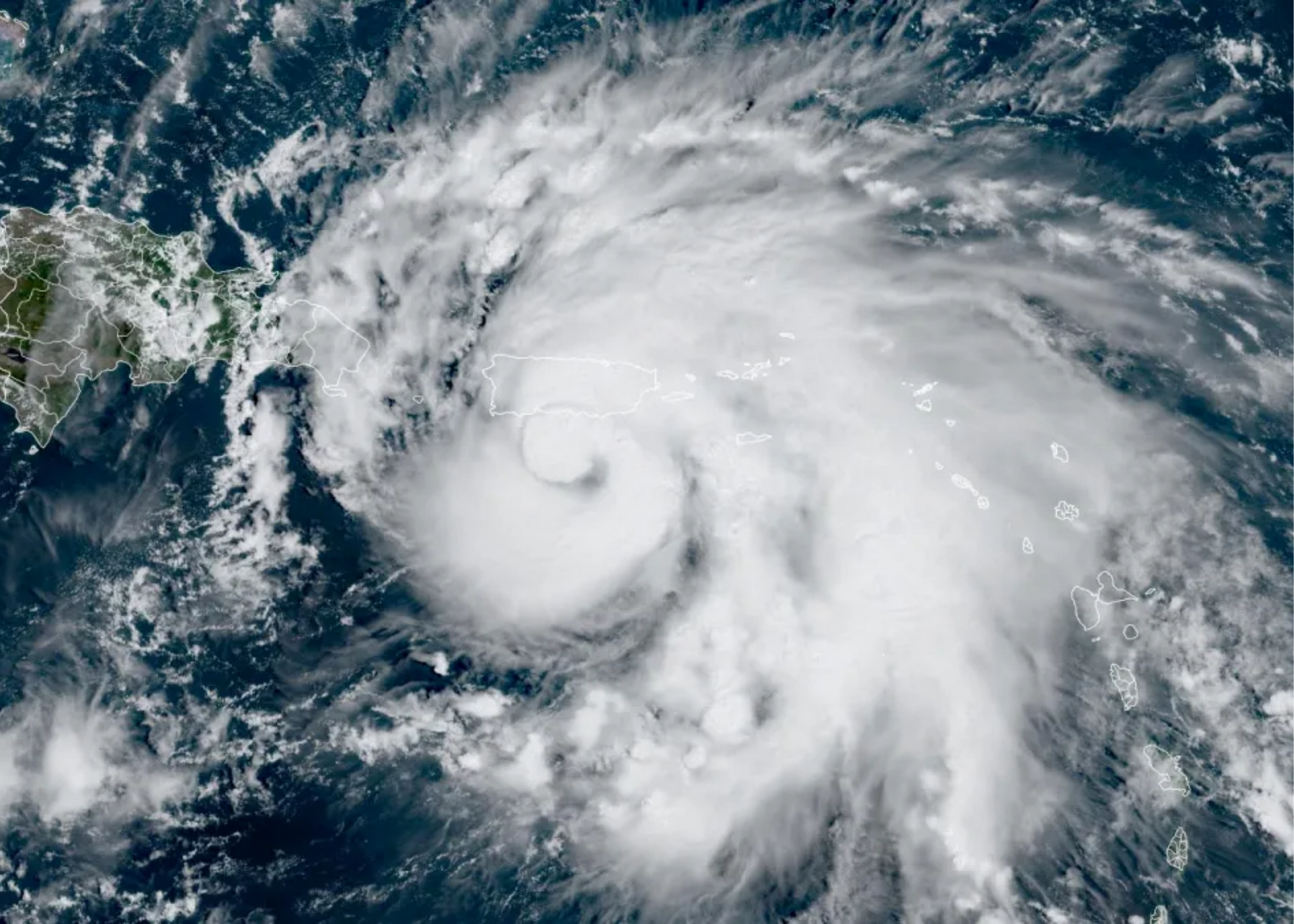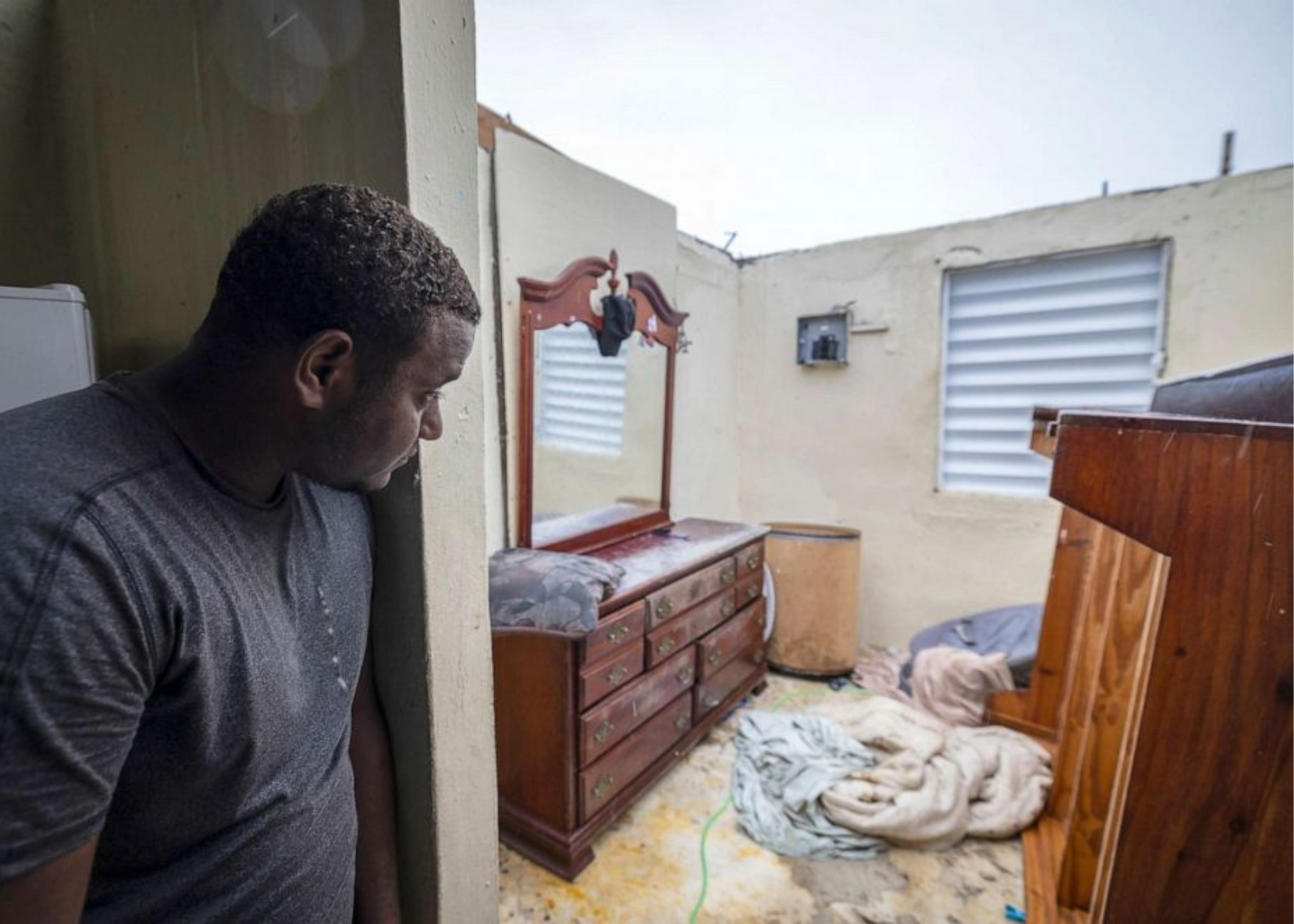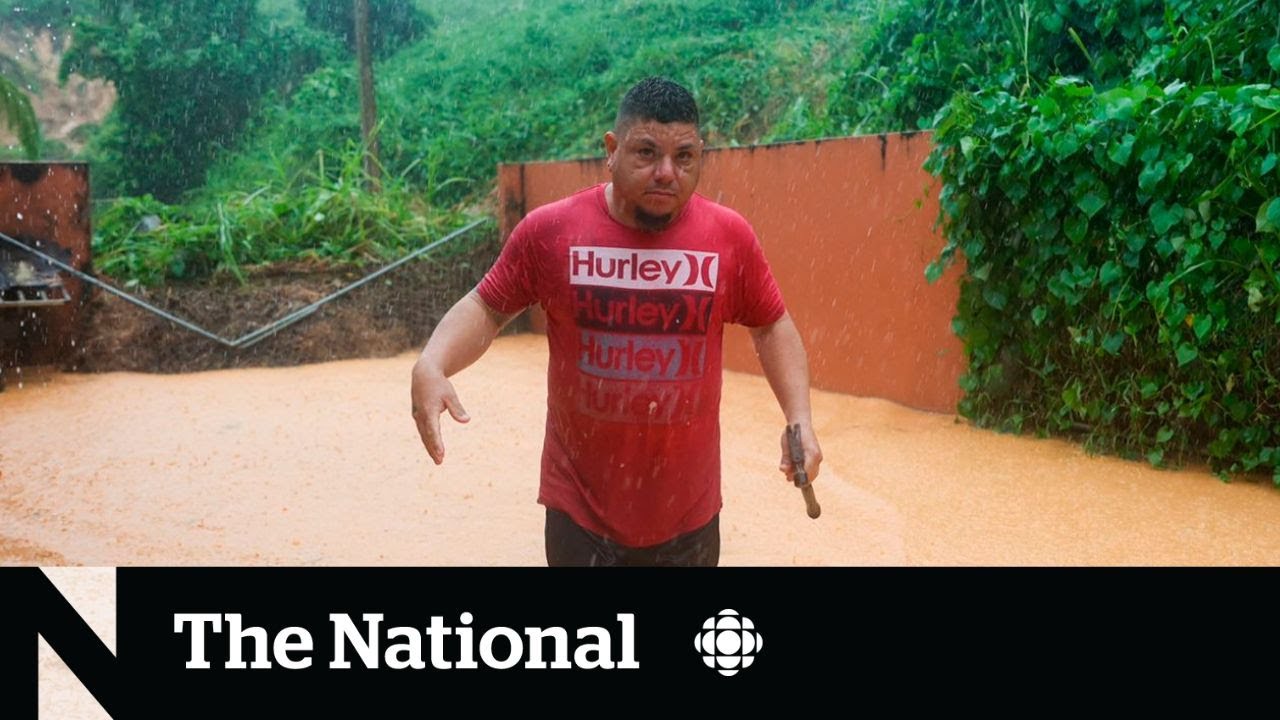"We Shouldn't Underestimate This Storm," Pierluisi Says As Hurricane Fiona Hits Puerto Rico
"We shouldn't underestimate this storm," Pierluisi says as Hurricane Fiona hits Puerto Rico. At a briefing on Saturday, Gov. Pedro Pierluisi warned his country. Pierluisi of Puerto Rico said on Facebook Sunday afternoon that more than 1.5 million people will experience power outages as a Category 1 storm with sustained winds of 85 mph and heavy rains approaches the island.
Author:Hajra ShannonReviewer:Paula M. GrahamSep 19, 202233 Shares1.3K Views

"We shouldn't underestimate this storm," Pierluisi says as Hurricane Fiona hits Puerto Rico. At a briefing on Saturday, Gov. Pedro Pierluisi warned his country. Pierluisi of Puerto Rico said on Facebook Sunday afternoon that more than 1.5 million people will experience power outages as a Category 1 storm with sustained winds of 85 mph and heavy rains approach the island.
After Hurricane Fiona landed on the island on Sunday afternoon, the entire island experienced a power interruption. On Sunday morning, Fiona quickly intensified from a tropical storm into a hurricane. As soon as conditions allow, emergency response teams for utility companies will be sent out, Pierluisi said.
LUMA Energy, the utility company, said in a statement that restoring power will likely take a day. It was 3:20 p.m. ET when the hurricane made landfall in southwestern Puerto Rico, according to the National Hurricane Center. A widespread downpour has been affecting much of the island, and it is predicted to last for a while.

The eastern half of the island is experiencing the effects of flash flooding, while the western half is still enduring the brunt of the worst of the wind. El Vocero de Puerto Rico said that a bridge collapsed near Utuado, a town in the island's central mountainous area. This cut off Salto Arriba and Guaonico from the rest of the island.
The broken bridge was on Highway 123, a spur off of Highway 10 that connects the two highways and provides one of the main entrances to the University of Puerto Rico at Utuado. It is estimated that the National Guard spent around $3 million to rebuild the bridge after Hurricane Maria.
According to Pierluisi, Puerto Rico has everything it needs to respond to this natural disaster. Additionally, he stated that Puerto Rico had learned its lesson from Hurricane Maria's devastation in September of 2017.
“„"We're much in a much better position than we were five years ago.
As of Sunday morning, Puerto Rico and the easternmost parts of the Dominican Republic will still be under hurricane warnings. Intense precipitation is predicted, with up to 10 inches possible across much of Puerto Rico and the Dominican Republic. As much as 20 inches of rain could fall in isolated spots across Puerto Rico.
The Associated Press says that one person died on the French island of Guadeloupe. The AP says that more than 20 other people were saved in the heavy wind and rain.
Even the Saturday morning press conference held by Puerto Rico's emergency management office went dark due to the power outage. Pierluisi said again at the press conference on Saturday night that he was worried that the heavy rains would cause mudslides.
On Sunday, President Joe Biden declared a state of emergency in Puerto Rico, authorizing federal agencies to work together on relief efforts. The White House issued the following statement regarding Biden's decision:
“„The purpose of alleviating the hardship and suffering caused by the emergency on the local population, and to provide appropriate assistance for required emergency measures, authorized under Title V of the Stafford Act, to save lives and to protect property and public health and safety, and to lessen or avert the threat of a catastrophe in all 78 municipalities in the Commonwealth of Puerto Rico.
Officials say that at least 101 people are staying in 79 shelters across Puerto Rico, and they expect that the number of evacuees will increase. As of Saturday night, the storm was moving west-northwest at about 9 mph, with winds that stayed the same at 60 mph.
Southwest Puerto Rico and St. Croix could see steady winds of 45 to 60 mph Sunday night, with gusts as high as 85 mph. Puerto Rico will have rain and gusty winds through Monday morning, but the weather will get better in the afternoon.
Late Sunday morning is when things are predicted to get the worst in the Dominican Republic. The rain has already saturated the southeastern part of the island, as well as the mountainous areas, where mudslides and winds could cause the most damage.

Hurricane Fiona hits Puerto Rico with floods, total blackout
Hurricane Survival Guide
Hurricanes, like the one that is currently affecting Puerto Rico, are among the most destructive and expensive natural disasters that man has ever known to exist. Getting your home and family ready for a hurricane and knowing what to do after the storm have to be your top priorities if you want to protect your property and keep you and your family safe.
During A Hurricane
First, leave your home if you are told to or if you think it might be dangerous to stay there. If you stay in your home during the storm, follow these tips to keep you and your family safe:
- Listen to important storm updates, information, and instructions on a portable radio.
- Stay inside and stay away from all glass doors, windows, and skylights. Go somewhere safe, like an inside room, a closet, or the bathroom downstairs.
- Don't leave the safety of your home or shelter until you know for sure that the storm has passed. The eye of the storm could make it seem like the winds have died down, but they are still coming.
- When the power goes out, close the fridge door to trap the cold air and extend the life of your perishables.
- Please observe all safety precautions outlined by the generator's manufacturer when in use.
- Avoid running a generator near any openings, including windows, doors, and vents, and always make sure it is properly grounded to avoid electrical shock. Generators can make carbon monoxide (CO), so it's important to have a working CO detector in your home.
After A Hurricane
As soon as authorities say it is safe to go outside again after a storm, you should inspect your home and property for damage. If you want to get back to normal after a storm, try these steps:
- If you had to evacuate, don't go back until the authorities say it's safe.
- Those downed power lines should be avoided at all costs. Do not put your hands anywhere near downed power lines, and that includes water or puddles of water.
- Keep an eye out for broken or damaged gas lines that may have occurred during the storm. Stay out of the building until the gas company says it's safe to enter.
- You should exercise caution around potential storm-related hazards, such as standing water from flooding, sharp or broken objects, downed tree limbs, and weakened structures.
- If you have any personal belongings that have been damaged, please separate them and make an inventory. Make a list of the items that have been damaged, noting the type of damage, the brand name, the age, and the location and date of purchase, if applicable. If you have any photographs, videos, or inventories of your personal belongings, please include them.
- If you're afraid of going back to a damaged home, call your insurance company and ask about temporary housing.
Final Thoughts
The forecast shows that after moving through the Caribbean, the storm will head north, passing to the east of the Turks and Caicos and then tracking near Bermuda. The storm is in the western Atlantic Ocean right now, and it will get stronger as it moves to the northwest and then to the north this week.
Certain areas of Turks and Caicos will feel the effects of Fiona on Tuesday morning. Conditions will continue to intensify in Puerto Rico and the Dominican Republic, but lingering showers and thunderstorms may hinder initial cleanup and recovery efforts.

Hajra Shannon
Author

Paula M. Graham
Reviewer
Latest Articles
Popular Articles